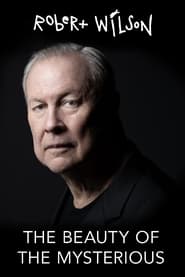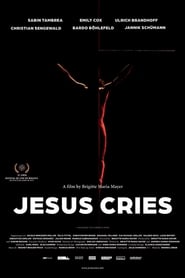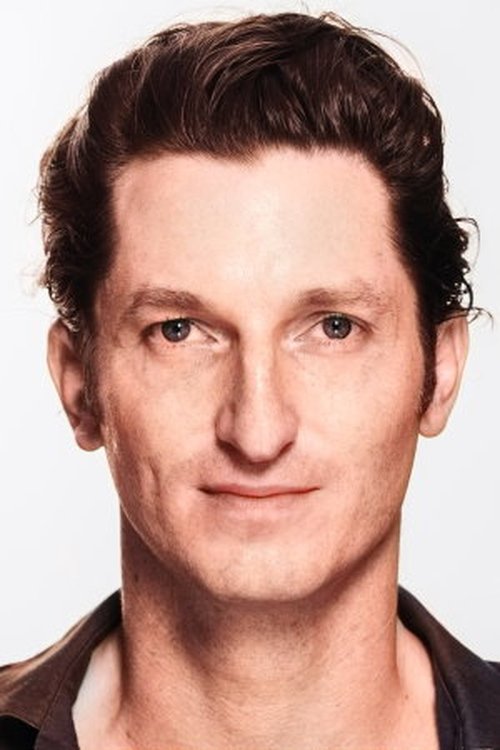detail profile christopher nell
Peran Yang Di Mainkan Christopher Nell
 East Berlin early 1980s Ludger is...
East Berlin early 1980s Ludger is...A Stasi Comedy 2022
East Berlin, early 1980s: Ludger is hired by the Stasi to spy on the oppositional arts scene in Prenzlauer Berg. But when he falls in love with the mysterious Nathalie, he has to choose between a life as a celebrated underground poet and his career as a Stasi agent. A choice that will turn back on him 30 years later.
 We look back at more than...
We look back at more than...Robert Wilson: The Beauty of the Mysterious 2022
We look back at more than half a century of mysterious artistic creation while trying to crack a unique artistic code. Why are people moved to tears when Robert “Bob” Wilson puts minimalistic petrol pumps into a production of Shakespeare’s sonnets? Why does merciless repetition change our understanding of something? Together with Tom Waits, Willem Dafoe or Marina Abramović we trace back our own experience of Bob’s art. Is it true what Philipp Glass the collaborator of the milestone piece “Einstein on the Beach” laughingly and with apparent pleasure exclaims “what does it mean? It doesn’t mean anything!”?
 A mysterious phone call puts Kluftinger...
A mysterious phone call puts Kluftinger...Herzblut. Ein Kluftingerkrimi 2016
A mysterious phone call puts Kluftinger and his colleagues Maier and Hefele on the trail of a brutal series of murders. A serial killer who cuts out the hearts of his victims and drapes them macabrely at the crime scene is up to mischief in the Allgäu. There is hardly any time for Kluftinger's own worries, the chest pains that are making his life hell.
 JESUS CRIES is a modern adaptation...
JESUS CRIES is a modern adaptation...Jesus Cries 2015
JESUS CRIES is a modern adaptation of the New Testament. The story is set in a fictitious metropolis in the near future. The First and Third Worlds are reflected in one city. The divide between poor and wealthy continually grows. As insurrection begins, Jesus of Nazareth becomes the political and spiritual force behind change. He is arrested, tortured, and executed. After his death, his disciples are thrown into confusion with feelings of doubt and guilt. They fight over the interpretation of his teachings and their responsibility to his vision. Will they themselves move to action?

 Karl a 17yearold boy who spends...
Karl a 17yearold boy who spends...
